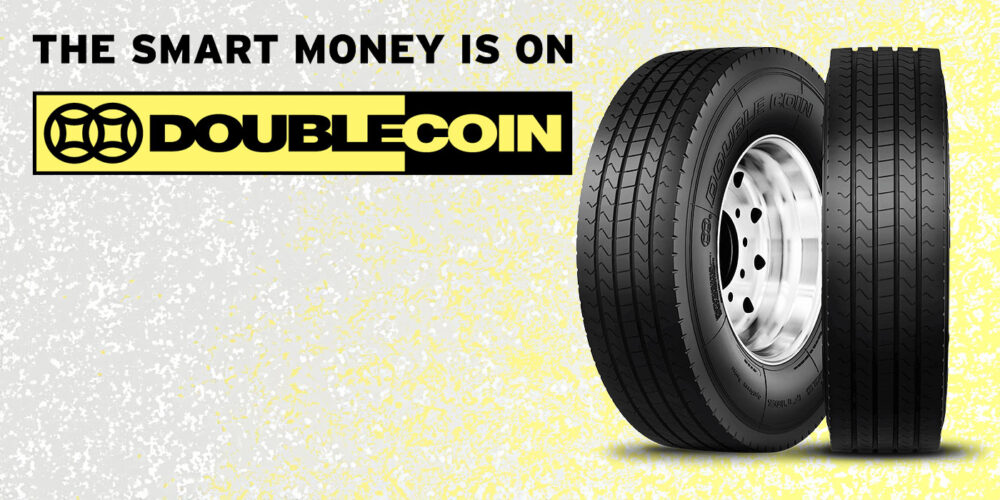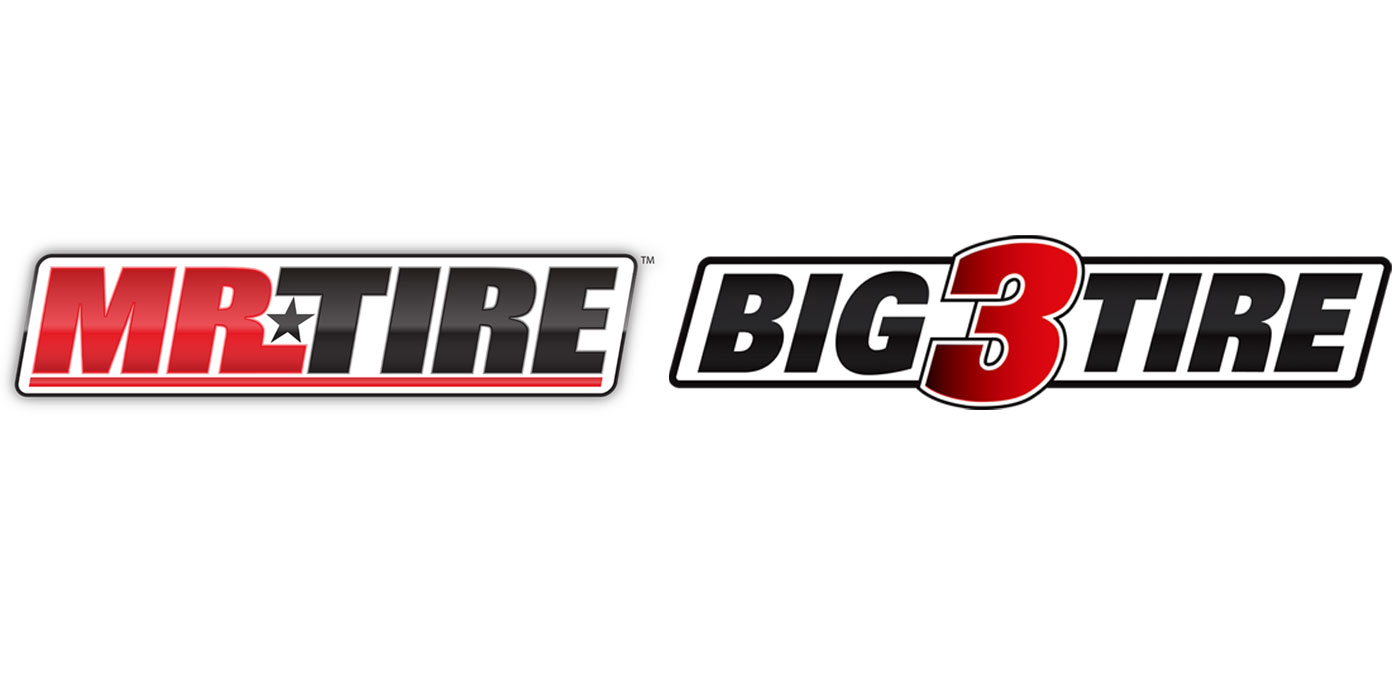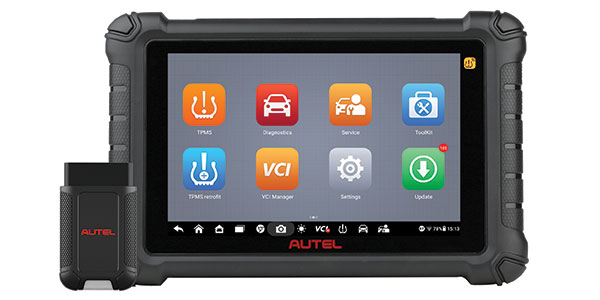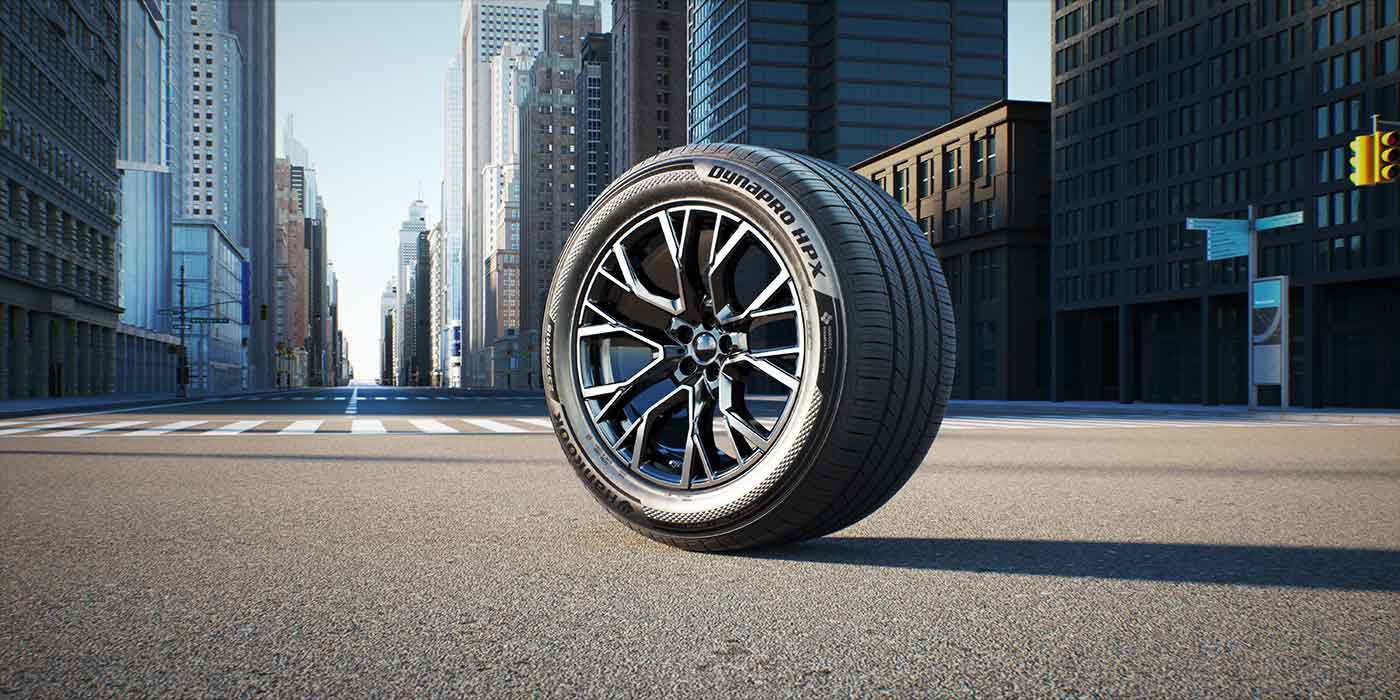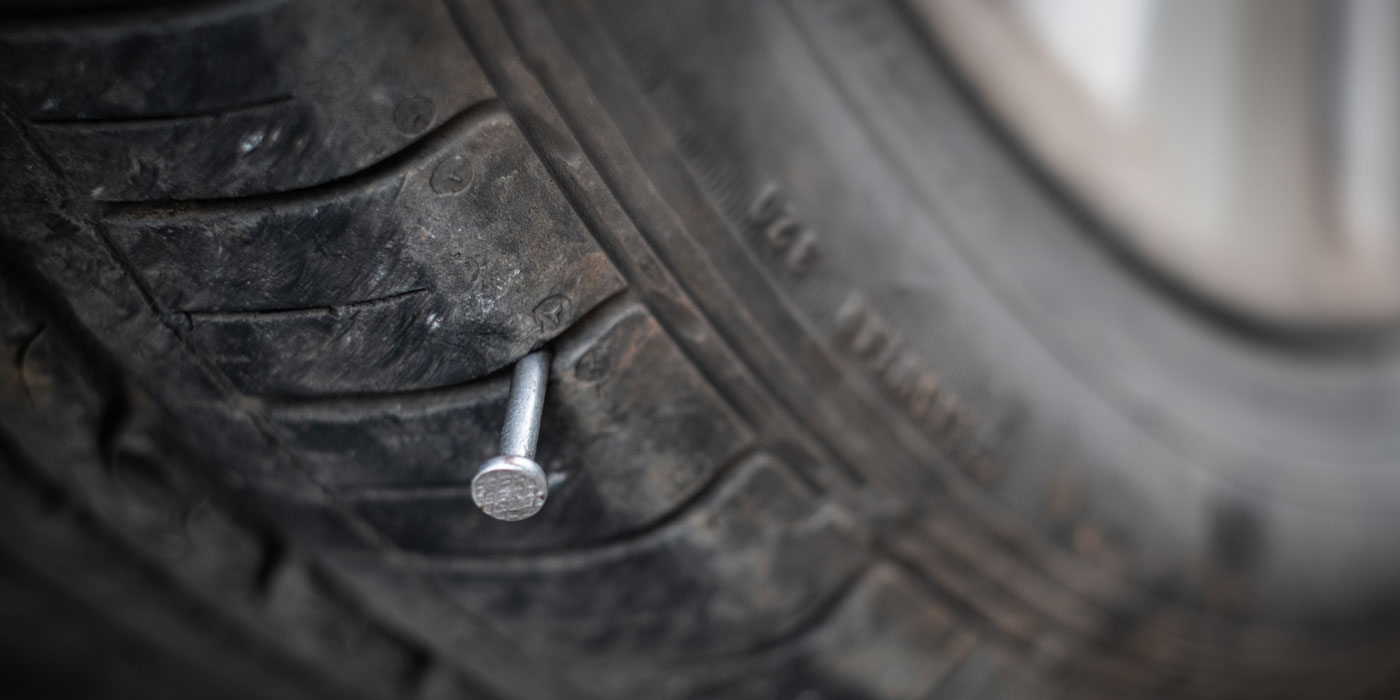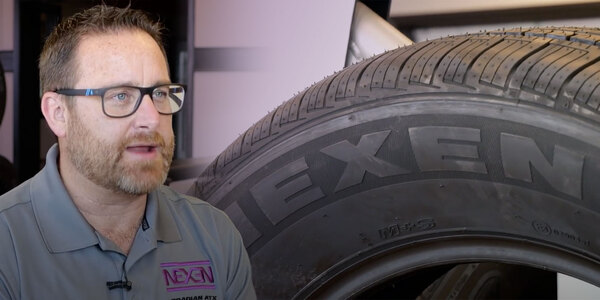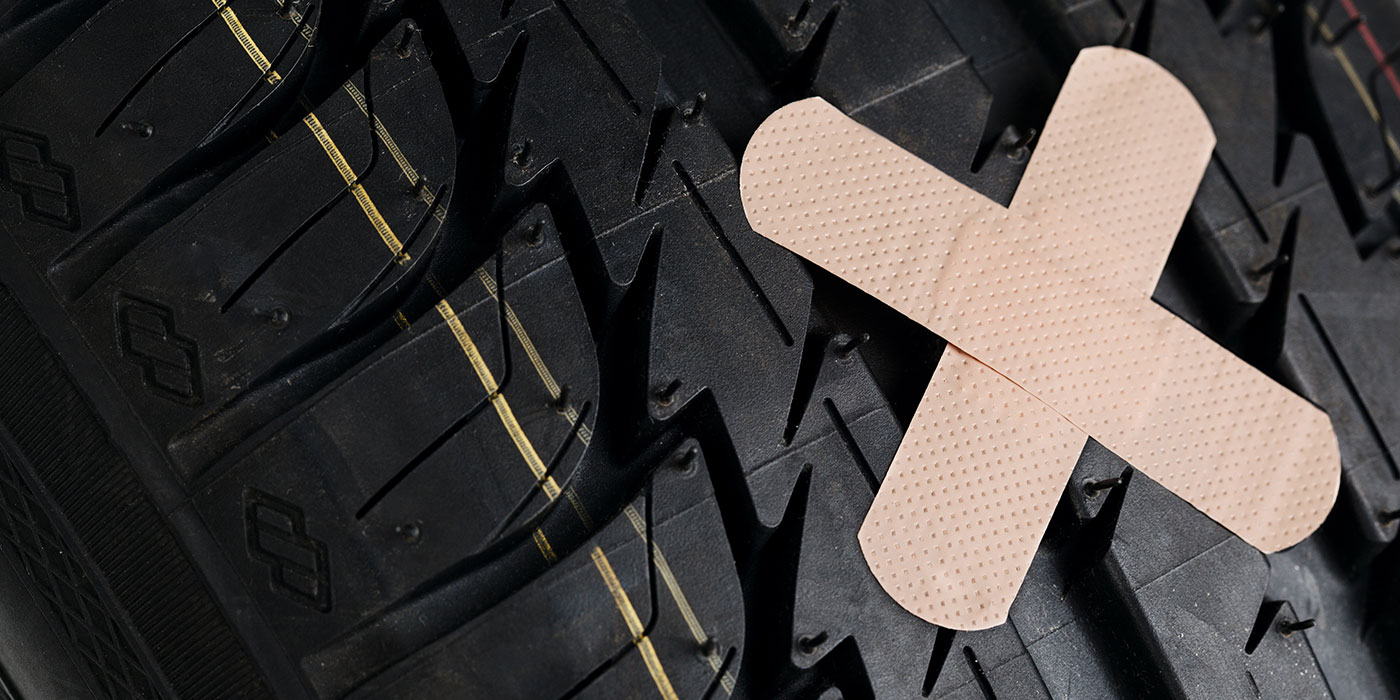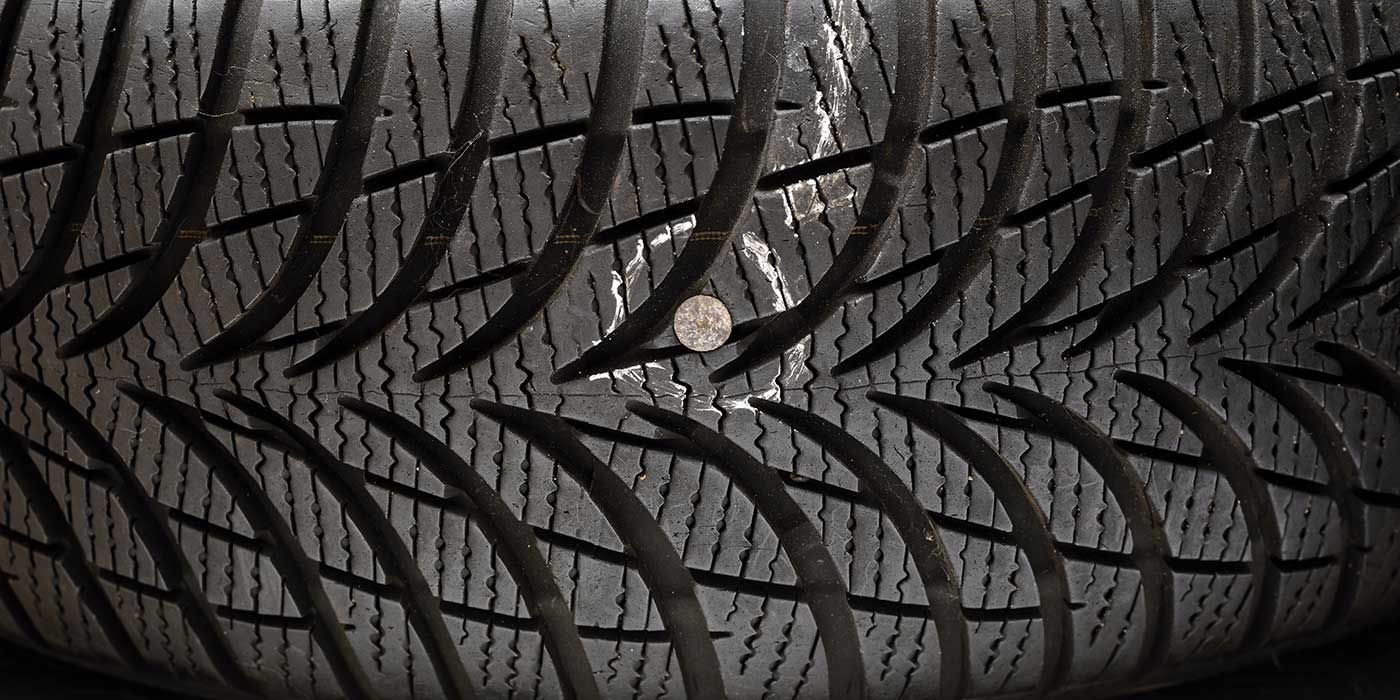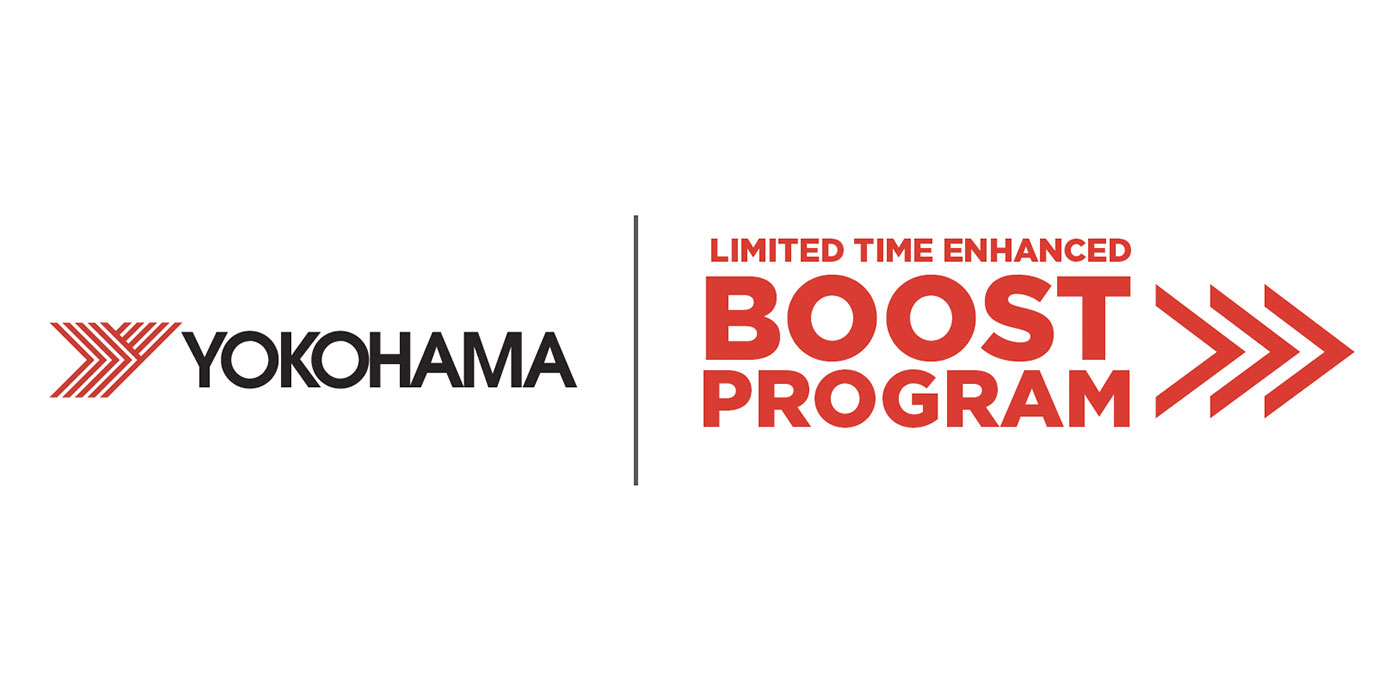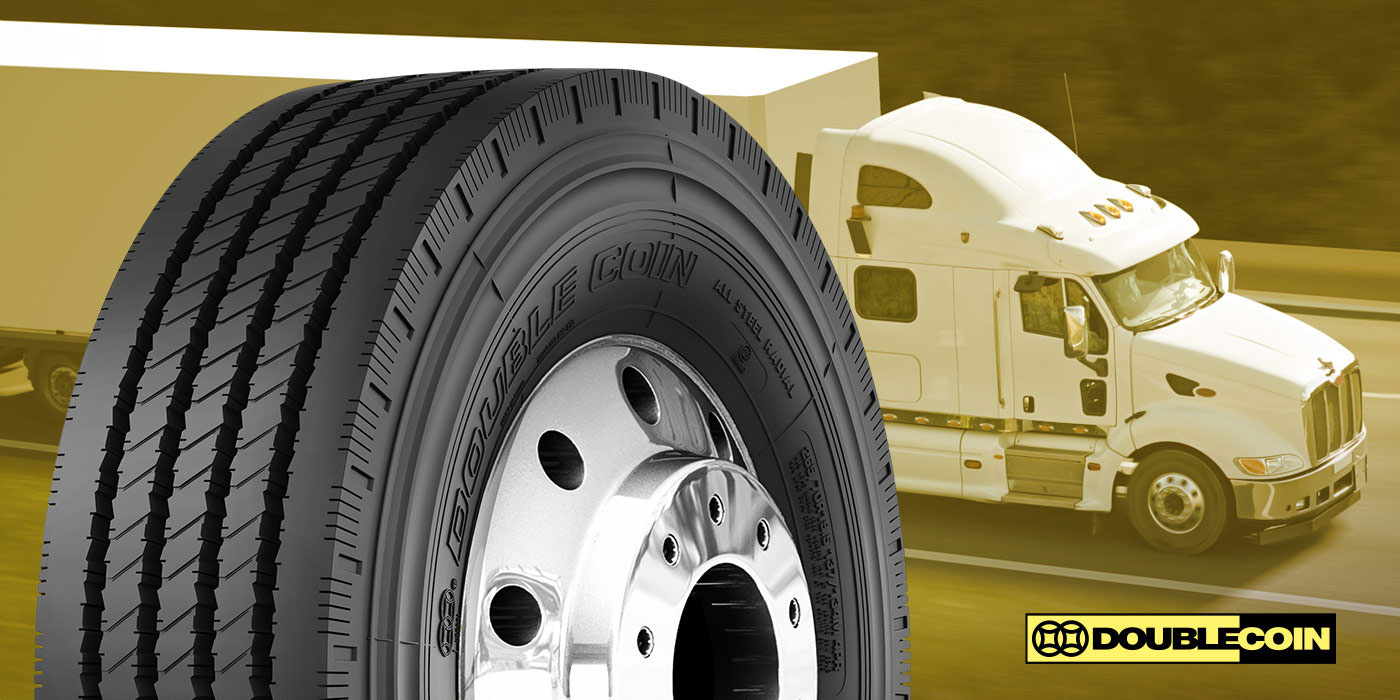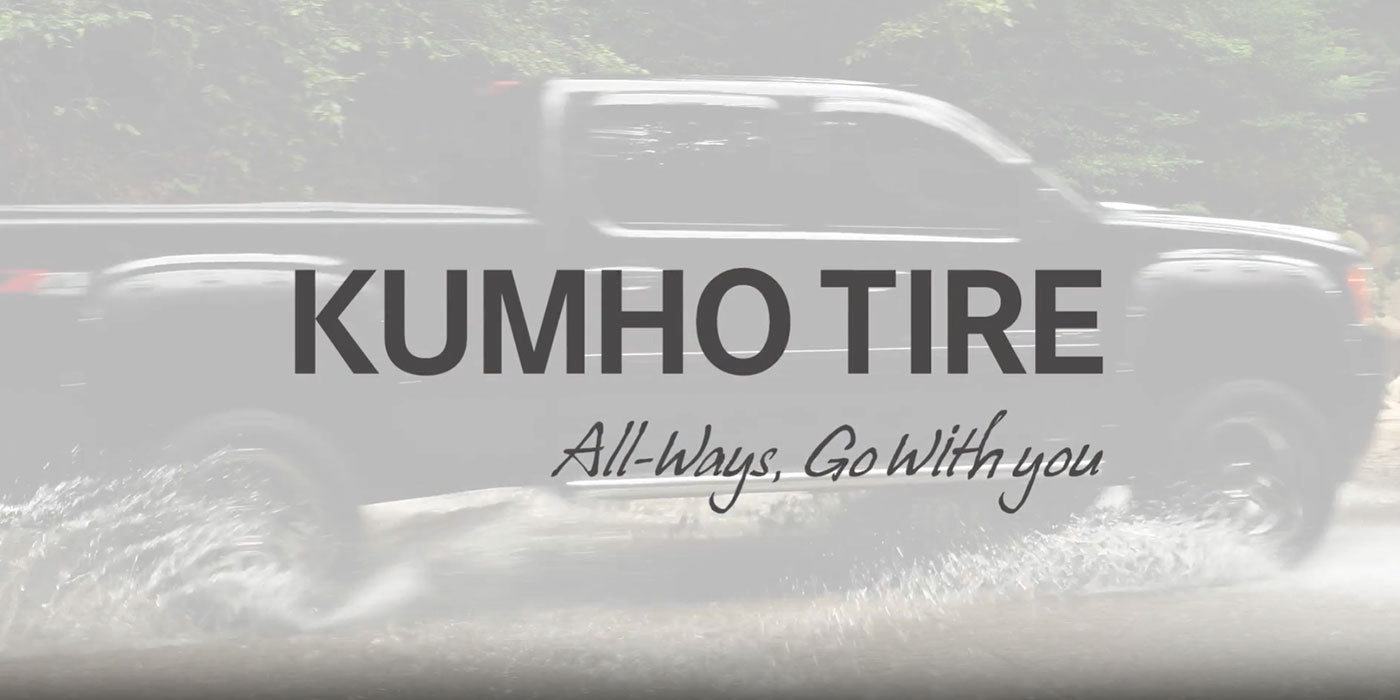As tire technology, construction and building processes continue to evolve, three-belt tire technology has become the standard in commercial trucking. The high-strength steel fibers of a tire belt play an important role in the durability and longevity of your customer’s tire investment. With higher fuel costs and government regulations around truck tires, the benefits of three-belt tire technology are clear: lower rolling resistance, better fuel economy and the use of fewer raw materials.
“If a fleet customer is an EPA SmartWay carrier and requires lower rolling resistance products, use of three-belt technology not only reduces fuel consumption but also adds to the carrier’s achievable sustainability goals,” said Aaron Murphy, senior vice president of CMA/Double Coin.
Three-belt structures were adopted when radial tires began to replace bias tires. Compared to a regular bias belt design, a three-belt package provides improved treadwear and ride. It also allowed for the retread process to utilize the casing in order to reduce fleets’ tire and maintenance costs.
You might be asking yourself: How can lower rolling resistance and better fuel economy be achieved when adding something like a tire belt to a tire’s construction? Let’s explain.
Rolling Resistance
Three-belt technology helps reduce rolling resistance in tires by providing a less rigid, lighter tire. A tire’s belts help maintain its shape and provide a more even distribution of the load. This reduces the deformation of the tire as it rolls, which in turn, reduces the energy required to move the tire forward. A great example of this technology can be found in Double Coin’s FT105 trailer tire. Because of its three-belt construction, the FT105 uses less energy to make one tire rotation.
Improved Fuel Efficiency
In addition, three-belt technology allows for a reduction in the weight of the tire, which further contributes to reduced rolling resistance. This can result in improved fuel efficiency, which is a critical factor for the trucking industry. A fuel-efficient casing is 50-65% of the fuel efficiency of a tire, so a lower rolling resistance SmartWay-verified tire casing will not only save fleets at the pump but also be a great candidate for extending these benefits through the retread process.
Environmental Impact
Manufacturing three-belt tires can also help minimize the environmental impact of tire manufacturing. Three-belt technology allows for the production of lighter tires, which can lead to reduced energy and fuel consumption, as well as lower greenhouse gas emissions. Whether in the manufacturing of tires or during the transportation of goods, three-belt technology can have a positive impact on air quality and lower raw material consumption.
As customers’ needs have evolved, so has the use of new tire technology. Double Coin is committed to providing reliable and efficient solutions for commercial tire dealers for their fleet customers. To learn more, email [email protected], call 888-226-5250 or visit www.doublecointires.com.
Sponsored by www.doublecointires.com.

